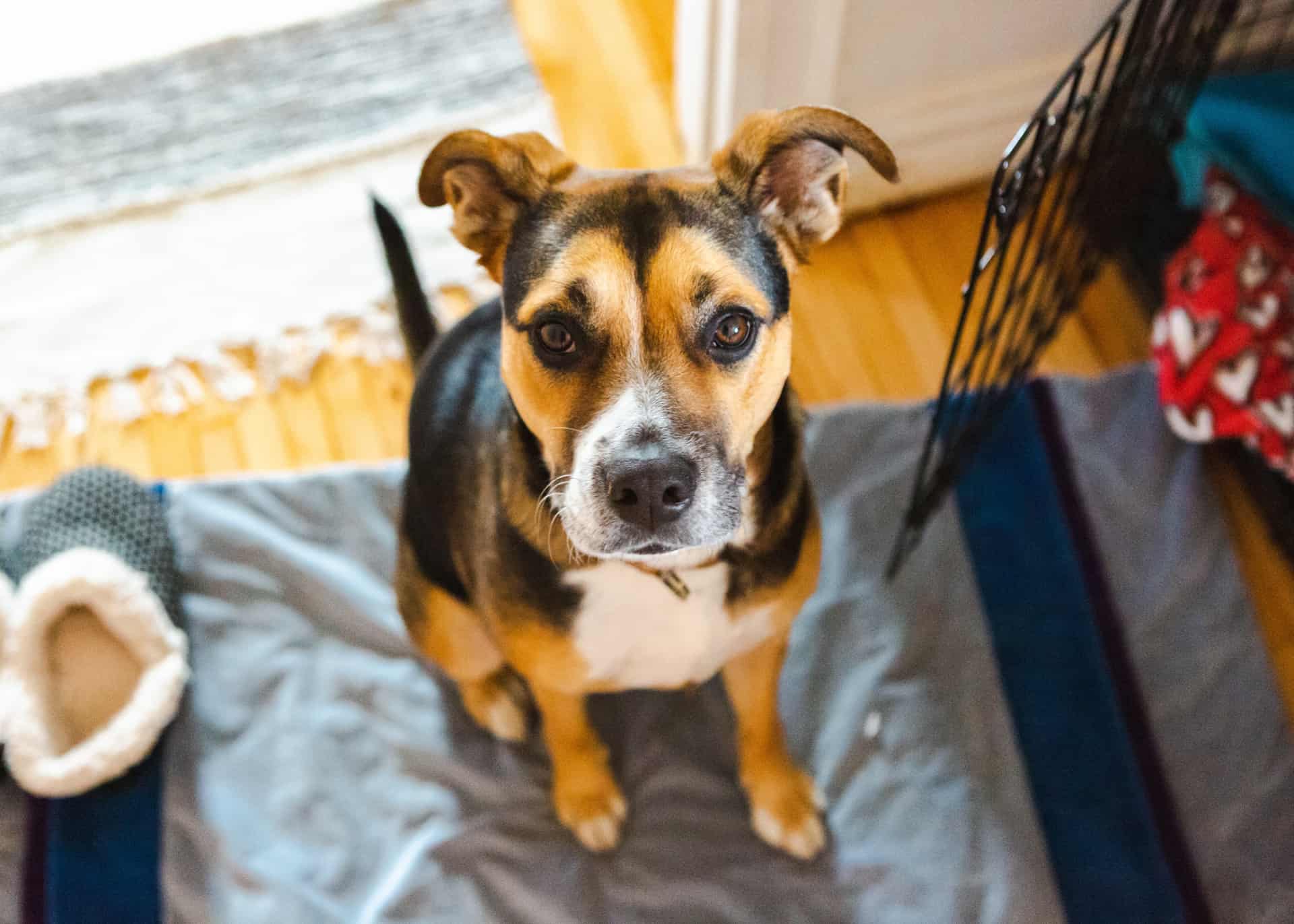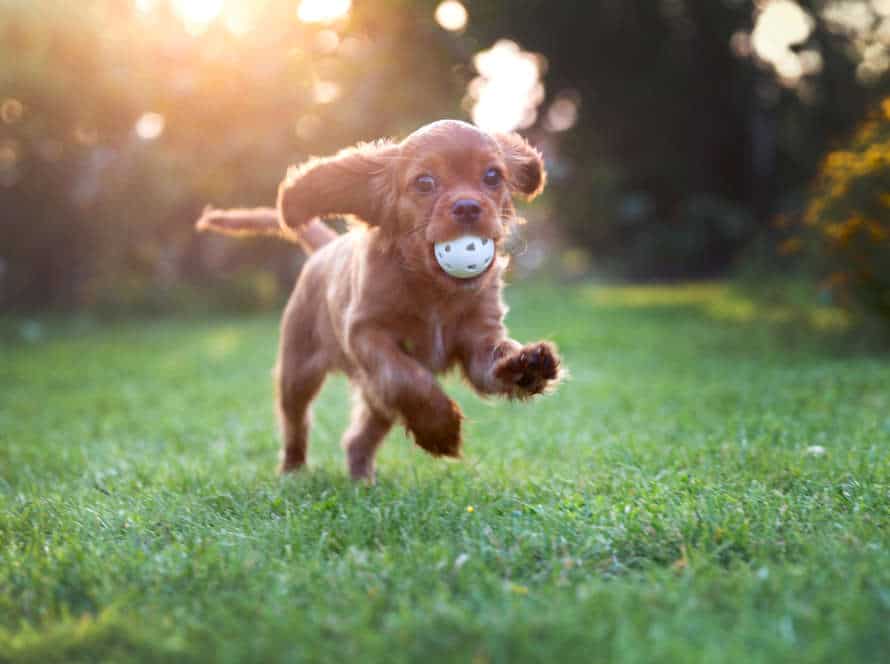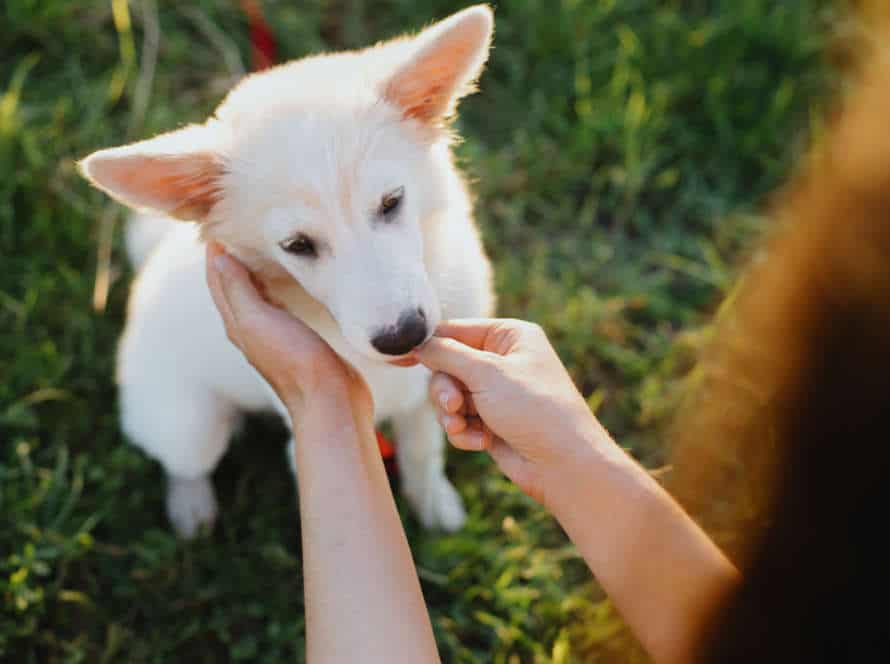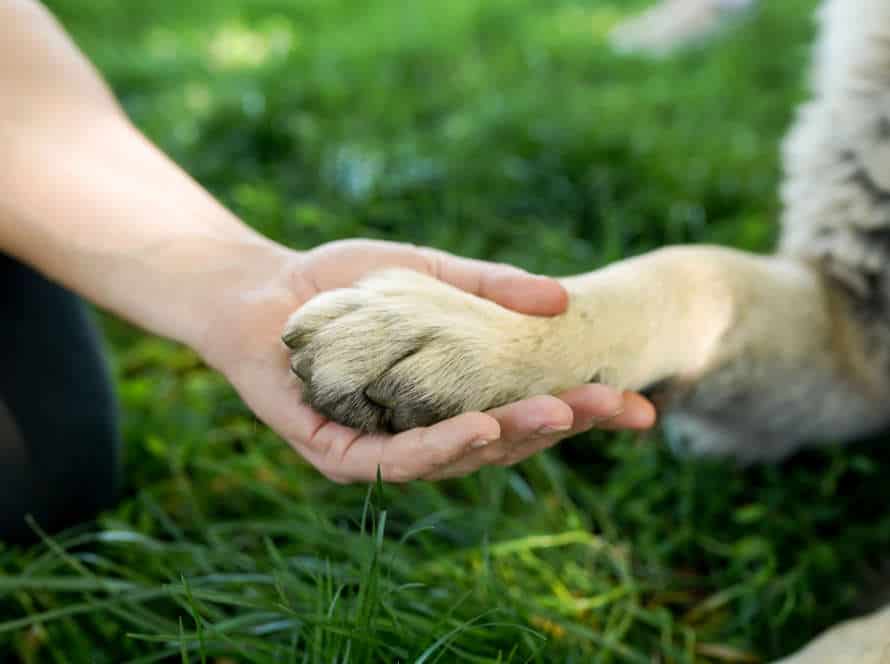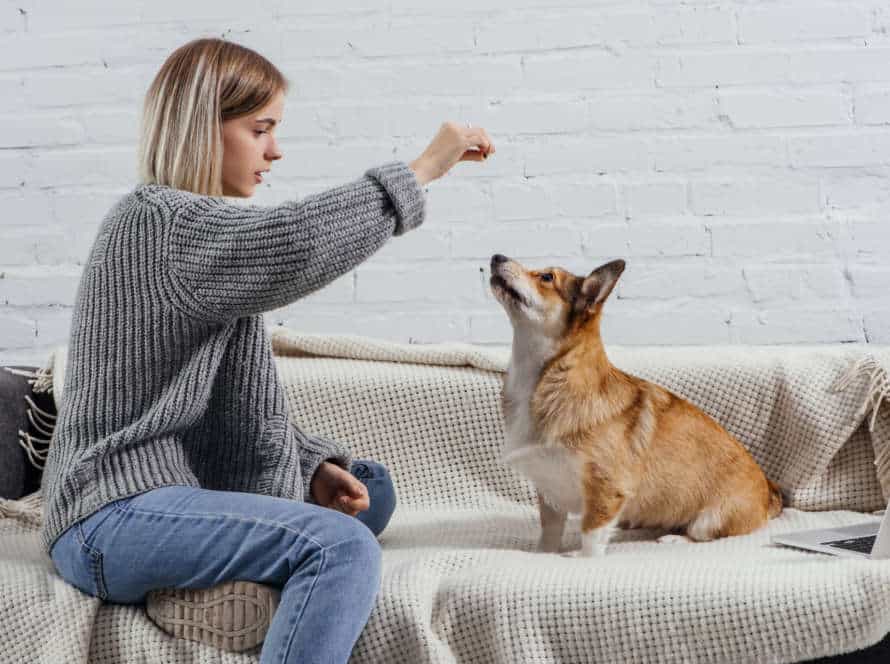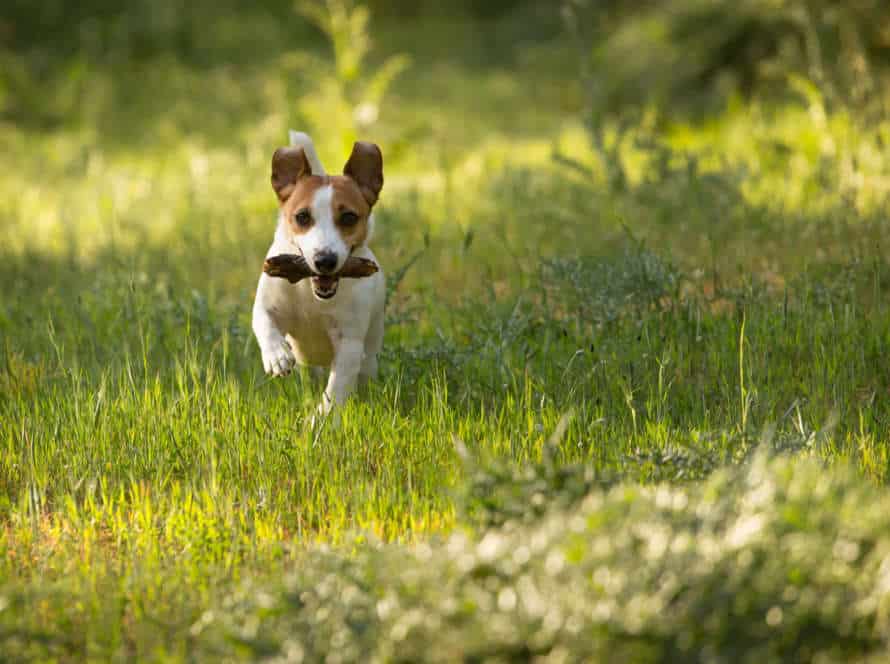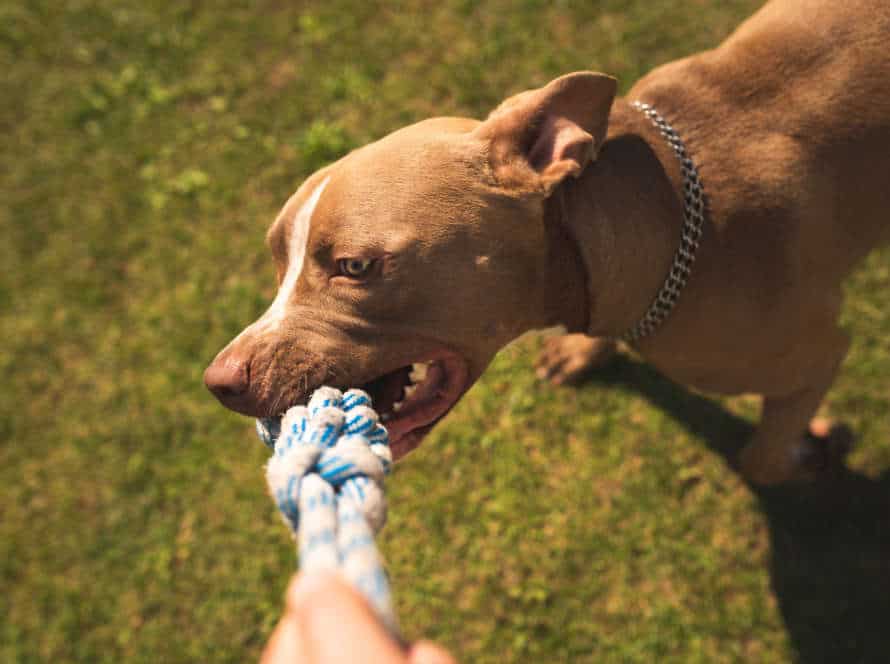Crate Training Your Dog: A Trick for Safe Space Creation
Crate training your dog is essential for its safety, comfort, and overall health. It can be a secure and cozy spot for your pup to rest, sleep, and feel secure. Here’s how to crate train your pet:
- Pick a crate that fits your dog. Make sure it’s big enough for them to stand, turn, and lie down comfortably.
- Introduce the crate little by little. Put treats, playthings, and a comfy bedding inside to motivate your pup to explore it.
- Use positive reinforcement to motivate your dog to use the crate. Praise and reward them when they enter and exit willingly.
- Never use the crate as a form of punishment. Instead, make a positive link with the crate by using it for meals, treats, and favorite toys.
- Be persistent and patient. Crate training needs time, so don’t rush it or push your pup into the crate.
By following these tips, you’ll create a safe place for your dog that can benefit both of you.
Why is crate training important
Crate training your pup is vital. It gives them a safe spot to escape chaos and stress. Likewise, it helps you create a contained area in your home, teaching your dog good behavior. Crate training also provides structure and discipline, which are necessary for a balanced pet. Here’s how it works and why it matters:
Benefits of crate training for puppies
Crate training puppies is essential! It has lots of practical and behavioral benefits that owners and their furry friends can enjoy. Here are the top five:
- Gives a safe and comfy space for pups to relax in, reducing stress.
- Helps with toilet training – teaches pups to hold it until they get out.
- Stops them from behaviours like chewing and digging.
- Makes travelling and vet visits easier, as there’s a familiar, secure space.
- Helps reinforce good behaviour – pups learn to associate the crate with treats, toys, and chill-out time.
Pro Tip: When crate training your pup, gradually introduce and use the crate. Never use it for punishment. Also, gradually increase the amount of time pup spends in the crate to make it a pleasant experience rather than an unhappy confinement.
Benefits of crate training for adult dogs
Crate training is great for adult dogs. It provides a comfy, safe space. It also helps with house training and travel. As they’re den animals, it reduces anxiety. Plus, it stops them from destroying your stuff! Remember though, make it a positive experience with treats and toys.
What to consider before starting crate training
Crate training is an effective way to give your pup a safe and secure space. Before starting, take these things into account:
- Size and Comfort: Get a crate that’s big enough for your dog to stand, turn around and lay down comfortably. Place a soft blanket or pad in there too.
- Location: Put the crate in a quiet, secure spot away from high-traffic areas and loud noises. Make sure it’s moderate temperature-wise too.
- Duration: Start with short sessions and gradually increase the time as your dog gets used to the crate. Don’t leave your pup there for long periods.
- Positive reinforcement: Use treats and rewards to encourage your pup to enter and stay in the crate. Don’t use it as punishment.
Pro tip: Patience is essential for successful crate training. Be patient and consistent and your pup will soon love their crate!
How to choose the right crate
Crate training gives your pup a secure spot to chill when they need a breather. Picking the right crate is crucial. There are loads of types and sizes, so it may be tough to decide. Here, we’ll explain how to get the ideal crate for your pooch!
Types of crates available in the market
Crates for your pet come in many types and styles. Here are four of the most popular:
- Plastic crates – strong and simple to clean. Doors at top or front. Ideal for travel and house-training.
- Wire crates – visible, ventilated, adjustable and portable. Folds away. Divider panels to adjust size.
- Soft-sided crates – lightweight and collapsible. Great for travel and outdoor activities, but not hardy enough for some breeds. Difficult to clean.
- Wooden crates – stylish, but not as strong as plastic or wire. Can be challenging to clean.
Tip: Before you buy a crate, think about your pet’s size, breed, temperament and behavior. The right crate makes a big difference in comfort and safety. Plus, it’ll ease your worries too!
What factors to consider while choosing a crate
It’s very important to pick the perfect crate for effective crate training of your pooch. There are a few things to keep in mind when selecting a crate for your pup:
- Size: The crate should be big enough for your pup to stand up, turn around, and stretch, but not so big they can roam freely.
- Material: Crates can be made of wire, plastic, or fabric. Choose one that fits your lifestyle and your dog’s chewing habits.
- Durability: The crate must be tough and long-lasting, able to withstand your pup’s chewing, clawing, and pushing.
- Ventilation: Your pup’s crate should allow good air circulation, with enough fresh air flowing in and out.
- Safety Features: Make sure the crate has secure latches and fastenings to keep your pup safe inside.
- Comfort: Get a crate with a comfortable bed or liner to provide a cozy area for your pup.
By considering these factors, you can select the best crate for your pup and create a secure and comfortable space for them.
How to measure your dog for the crate
Measuring your pooch for their crate is key to getting the right size. Here’s how:
- Height: Measure from the floor to their shoulder blades, add 2-4 inches.
- Length: From nose to tail, plus 2-4 inches.
- Width: Measure at their widest point, usually shoulders/hips, add 2-4 inches.
Make sure the crate is large enough for them to stand, turn around, and lie down comfortably.
How to introduce the crate to your dog
Crate training a pup is crucial for their growth and joy! It can give them a secure spot, and show them that the crate is a place to chill and break away from the world’s chaos. But, it’s vital to properly present the crate to your dog, so they recognize it as a safe area. In this article, we’ll explain how to do that.
Positive reinforcement techniques for crate training
Introducing a crate to your pup can be intimidating, but positive reinforcement can make it easier. These techniques can help:
- Place treats and toys in the crate to encourage exploration.
- Feed your dog in the crate to connect it with good things.
- Use commands like “kennel” or “go to bed” to emphasize it’s a safe spot.
- Increase time in the crate, starting with short periods and slowly growing longer.
- Reward your pup when they happily enter the crate.
- Never use the crate as punishment.
These techniques can make crate training a positive experience for you and your pup.
How to make the crate a comfortable space for the dog
Introducing a crate to your pup is a helpful training tool – if done right! Here’s how to make their crate a comfy and secure space:
- Start by showing them the crate with the door open.
- Let them explore it at their own pace.
- Add a warm blanket or dog bed inside.
- Put some toys and treats in the crate to encourage them.
- When you’re at home, start closing the door for short periods, then gradually increase.
- Reward them with treats when they stay calm.
- Place the crate in a quiet corner of the house, away from loud noises and high traffic areas.
- Never force them inside, and always make it positive and rewarding with praise and treats.
Your pup will learn to love their crate and feel safe and secure when spending time inside.
Common mistakes to avoid while introducing the crate
Introducing a crate to your dog needs careful thought and monitoring of their behavior. Here are the common errors to stay away from:
- Don’t force them in or close the door right away.
- Don’t use it as a punishment or to restrain them.
- Don’t leave them inside for long stretches without breaks.
- Don’t choose a crate which is too small or too big.
- Don’t forget to make it comfortable with bedding & toys.
Instead, make it a positive experience by gradually introducing them, using treats & praising them for good behavior. Keeping it a cheerful and safe place. With proper training, your pup will start to enjoy their crate, seeing it as their cozy & secure sanctuary.
Tips for successful crate training
Crate-training your pup is great for setting up a safe space. It’s a brilliant way to housebreak and takes advantage of a dog’s natural instinct to look for a den. To crate-train successfully, you must follow certain guidelines. Here are some of the best tips to do so!
Gradual increase in the time period inside the crate
Crate training your pup is fundamental for teaching obedience. It creates a safe and cozy spot for your four-legged friend; however, it can be tricky if not done properly.
Increasing the time in the crate step-by-step is key for successful crate training. Here’s how:
- Introduce your pup to the crate with yummy treats and toys.
- Motivate them to go in themselves and give praise when they do.
- Close the door, but just for a few minutes to start.
- Slowly increase the time your pup spends inside the crate, beginning with a couple of minutes and gradually working up to several hours.
- Never use the crate as discipline or leave your pup in it for long periods.
If you stay consistent and patient, your pup will come to understand the crate as a safe and comfortable place, making crate training a success!
Consistency in the crate-training routine
Getting consistency in crate-training is vital for training your pup, and setting up a secure space for them. Here are some tips for that:
- Stick to a regular feeding and watering schedule. This will enable your dog’s bathroom breaks and make them more at ease in their crate for longer.
- Use the crate for positive experiences. Encourage them to enter with treats or toys and make sure it’s comfy and welcoming.
- Increase crate time gradually. Start with short periods and gradually increase the time they spend in the crate to get them used to extended confinement.
- Have a steady schedule. Get everybody in the house to respect the same routine for crate training, to avoid confusing your pup.
Pro tip: Patience and positivity are necessary for crate training. Consistency is essential, and with time, your dog will view their crate as a secure and cozy place.
Importance of taking the dog outside for potty breaks regularly
Taking your pooch outside for regular potty breaks is a must for successful crate training. Dogs need exercise and the chance to use the restroom. This helps create a safe space for Fido. Here are the reasons why it’s essential:
- Stop messes: Going out often reduces the chance of an indoor accident. This keeps the training on track.
- Good health: Holding it too long can cause bladder infections and other issues. Going out keeps them healthy.
- Bonding time: Going outside with Rover can be a fun way to create a bond.
Make sure to take your dog out every few hours, or after meals/naps. They’ll learn that ‘potty’ means ‘outside’. This will help them adjust to crate training.
Troubleshooting common crate-training issues
Crate-training your pup can be great! But, there are sometimes issues that come up. For example, your dog might howl, bark, or be destructive. Here, we talk about the common troubleshooting issues with crate-training, and how to handle them well.
Separation anxiety
Many dogs experience separation anxiety during crate training; however, you can make a safe space for your pup. Here’s a tip:
- Start slow by giving treats and praise as they explore the crate.
- Next, close the door for short bursts and gradually increase the duration.
- To reduce anxiety, give them a Kong toy stuffed with a yummy treat before you leave. This creates a positive link with the crate and helps lessen the stress.
- Additionally, regular activity, mental stimulation, and a consistent routine can reduce their separation anxiety.
Excessive barking or whining
Do you have issues with your dog excessively barking or whining during crate training? Here are some tips to help!
- Gradual Introduction: Start off by having your dog in the crate for short periods while you stay home. As they get more comfortable, extend the time.
- Positive Reinforcement: Give treats, toys, and praise when they enter the crate willingly. This helps create a positive connection.
- Proper Timing: Don’t use the crate as a form of punishment. It could cause anxiety and other negative feelings.
- Patience and Consistency: Be consistent and patient with crate training. Don’t force them in the crate.
- Identifying Problems: If the barking or whining continues, check if there is an underlying issue such as anxiety or a medical condition. If so, contact a professional trainer.
Refusal to enter the crate
It’s normal for dogs to refuse entering a crate. But, with patience and practice, it can be solved! Here are some tips:
- Make sure the crate is the right size for your pup.
- Put treats, toys, and blankets in the crate to create a positive link.
- Start with short training sessions, then slowly increase the time spent in the crate.
- Use a command like “go to bed” or “crate” to cue your pup to enter.
- If they still refuse, use a leash or treats to guide them in.
- Reward them when they’re calm in the crate.
- Over time, they’ll learn to see the crate as a safe and comfy space.
Conclusion
To sum up, crate training is an excellent and merciful way to give your pup its own cozy and secure space. It also helps with house training and stops destructive behavior by teaching the pup to connect good behavior with rewards, and bad behavior with no rewards or punishment.
When starting crate training, it’s important to introduce the crate to your dog gradually and make it a happy experience by offering treats, toys, and praising it. Moreover, remember that all dogs are different, and some may take longer to get used to the crate. The secret is to stay patient and consistent with the training.
With proper training and love, the crate can become a familiar and beloved environment for your pup, giving them a sense of safety and comfort.
Frequently Asked Questions
1. What is crate training?
Crate training is a process of teaching your dog to relax and feel safe in a crate or a small, enclosed space, such as a pen or a carrier.
2. Why should I crate train my dog?
Crate training has several benefits, including providing your dog with a safe and secure space, preventing destructive behavior, and making it easier to travel with your dog.
3. Is crate training cruel?
No, crate training is not cruel as long as you do it correctly. It should be introduced gradually, and the crate should be a comfortable and inviting space for your dog
4. How do I crate train my dog?
Start with introducing your dog to the crate gradually, by making it an inviting space with bedding, toys, and treats. Gradually increase the amount of time your dog spends in the crate, and reward them for calm behavior.
5. Can I use crate training for housebreaking my dog?
Yes, crate training can be very effective for housebreaking your dog as it allows you to closely monitor their behavior and prevent accidents. However, it is important to not leave your dog in the crate for too long.
6. How long does it take to crate train a dog?
The length of time it takes to crate train a dog can vary depending on their age, temperament, and past experiences. However, with patience and consistency, most dogs can be successfully crate trained within a few weeks to a few months.

